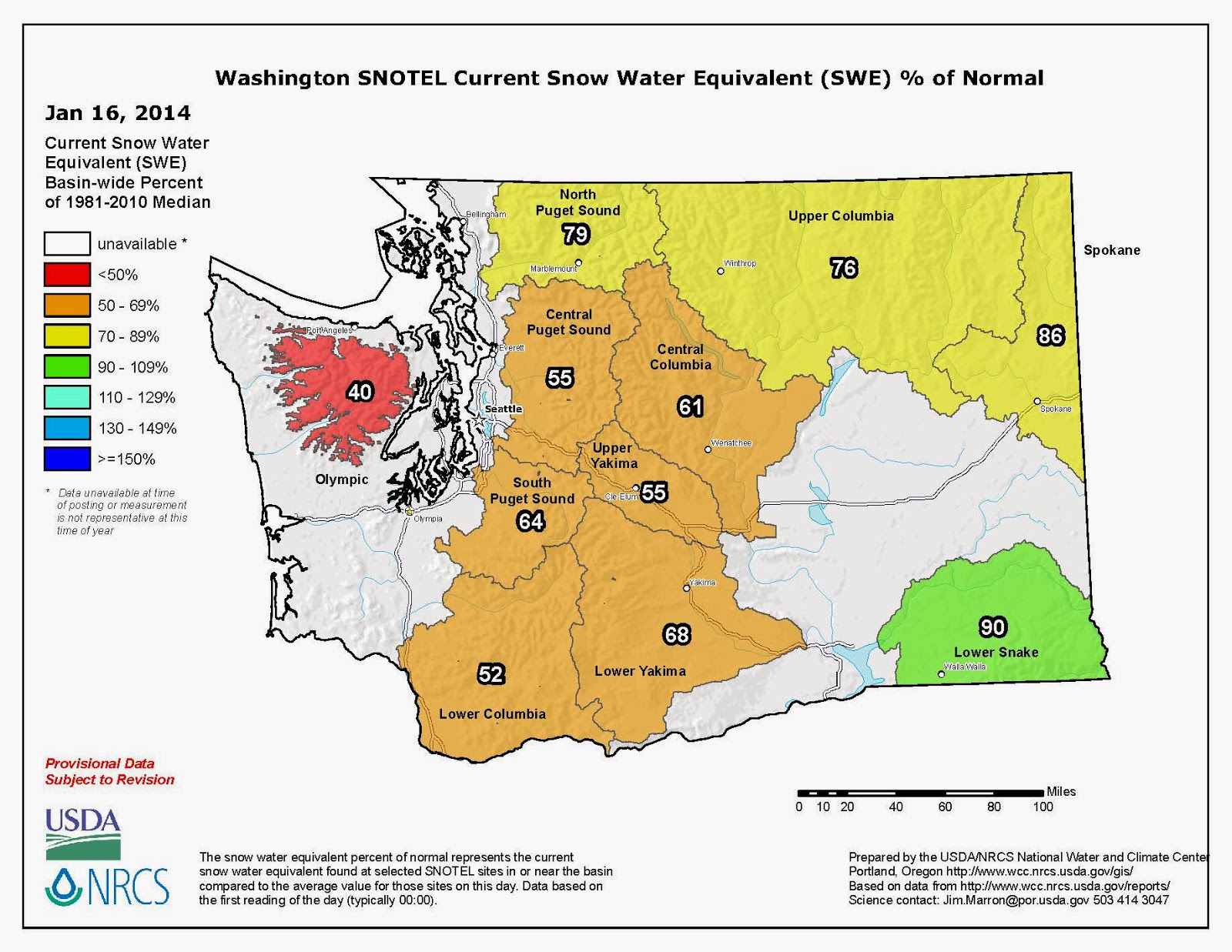A
beaver changes the environment around it to make a better home for themselves. They
build dams to flood the area around their lodge in order to protect themselves.
They build their structures using a mixture of logs, sticks, and mud. They gnaw
a ring around a tree until it weakens enough to collapse. (Their teeth
continually grow, making it a necessity for them to gnaw on something.) Once a
tree is felled they set upon it and bite it into smaller, usable pieces. Dams
are built from the bottom up. First, sticks are stuck into the bottom to
provide a foundation. Next, they add sticks slowly raising the height of the
dam. Mud is added to fill any gaps that might let too much water through. They
continue this process of sticks and mud until the dam has reached its desired
height and is strong enough to hold back the flow of water.
 |
| A beaver dam near human housing. |
Beaver
dams have the ability to flood their surrounding areas. Spreading water out
over the landscape has the potential to create or increase the area of wetlands
(basically an area that retains standing water throughout the year). Why are
wetlands good? Wetlands are one of the most important types of ecosystem on the
planet. They filter the water that comes through, removing sediment, excess
nutrients, and other contaminants. Wetlands provide habitat for many species of
plants, animals, insects, and bacteria. Many of which wouldn’t survive without
access to wetlands.
Wetlands
trap and store water. These are important effects. This helps control flooding
by trapping water during periods of high flow, especially during spring snow
melt. Later in the summer when the water flow drops this stored water is slowly
released back into the stream system. In this way wetlands help lower the flow
of water during high water times, and also raise the flow of water during low
water times. They balance the flow of water throughout the year.
 |
A crosscut of a beaver lodge. Beavers
build dams to create a pool of water deep enough
that it doesn't freeze solid in the winter so they can
enter their lodges all year round.
|
Beavers
create fish habitat. The dams slow the water down, allowing the fish to have an
easier time swimming, and the pools are deep enough to not freeze. This
provides winter habitat for certain fish species. (This slower water speed has
added benefit of reducing streambank erosion.) The random assortment of sticks
and logs in and around the dam provide protection for young fish from
predators. Dams also catch plant material, which in turn can help increase the
presence of aquatic insects, food for the fish. The increase of plant growth
along the streambank helps shade the water. This helps keep the water cool for
the fish in the hot summer.
 |
| Beavers gnaw around a tree fairly evenly until it weakens enough to fall. |
I
often hear about the negative things beavers do. They remove trees near their
water sources. While that is true, the damage can be mitigated by wrapping the
trees with wire mesh. Also, many of their favored species of trees to use for
dam building and for eating will resprout from their roots. So even if the tree
is cut down by a beaver, a new one will often sprout from the roots. Beaver
dams don’t block the passage of fish as much as it would seem. Many fish are
able to jump over the beaver dams. Regardless of the direction they’re
traveling.
The
negative effects we associate with beavers are more a matter of human
perception than anything else. We look at what they do in a negative light
because it interferes with what we want to do in an area. Decreases in the
number of fish are more from human impacts than they are from a beaver dam
blocking the stream. Fields flooded by a beaver dam may indicate that the field
was too close to the stream to begin with. Plant enough trees that beavers
prefer and they’ll probably leave your prized tree alone.
Beavers
are cool. There are so many positive benefits from their presence that it seems
silly to not embrace them. Current beaver counts in North America range
anywhere from 10 to 15 million, which is decent considering they were nearly
wiped out for their pelts in the 19th century, but that number is
still a fraction of the nearly 100 million that are estimated to have been
present at one time. Beavers are second only to humans in their ability to
impact and shape their environment. Next time you see a beaver dam or lodge
think about the positive impact of them on the ecosystem.















